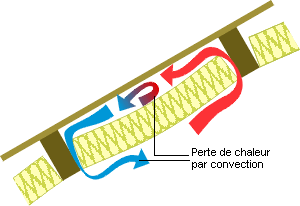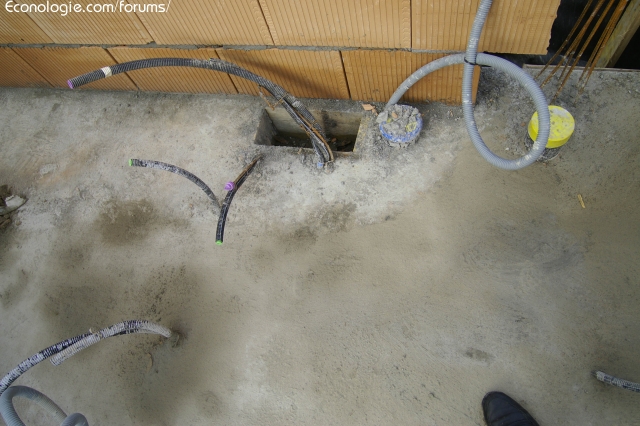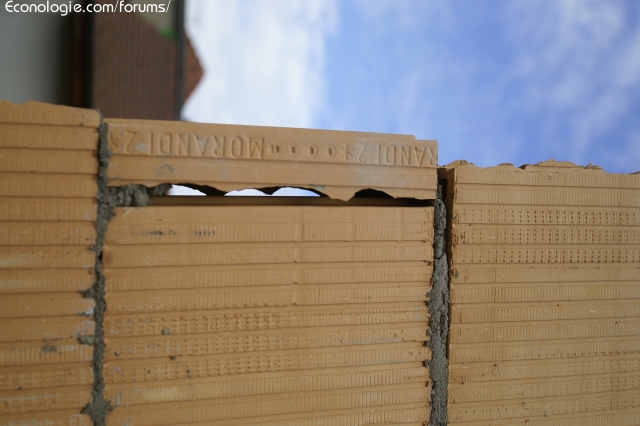https://www.econologie.com/forums/post233013.html#233013
?????
After some time, a few gusts of wind, we will have the very usual sag, even with a beautiful windscreen or vapor barrier:








the pressure that you give in millibars, would concern a passive house or extremely well made. Other constructions are too often colanders, there you dream ...

Back to "Heating, insulation, ventilation, VMC, cooling ..."
Users browsing this forum : HélèneMH and 505 guests